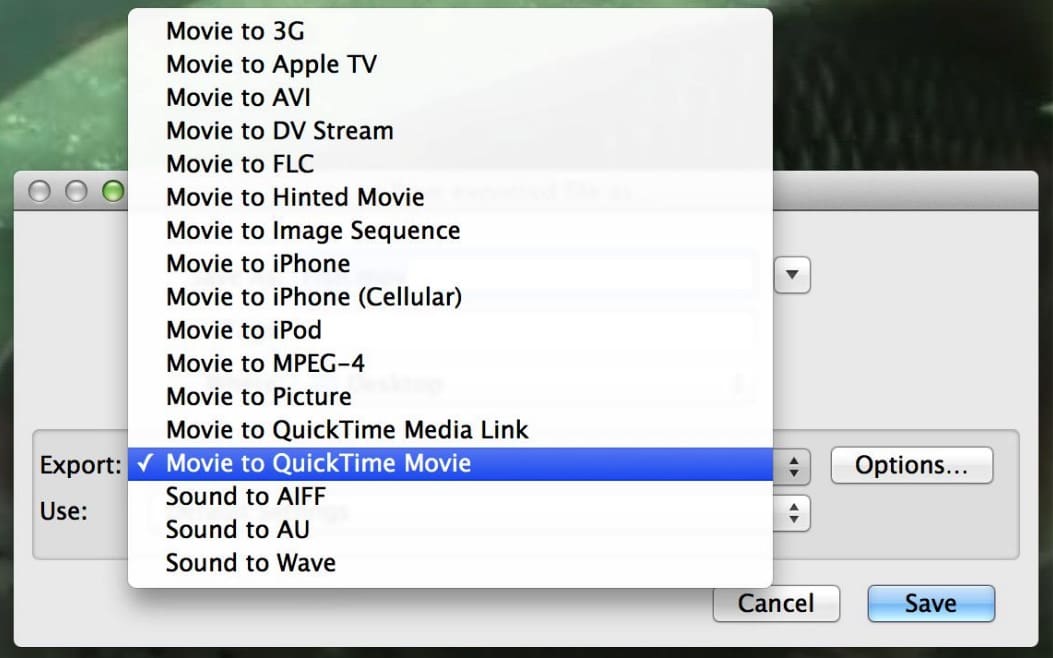AVI or Audio Video Interleave was developed by Microsoft as the file format for its media player application. It is an old container. MOV was developed for Mac OS and QuickTime application by Apple. MOV supports MP4 codecs like H.264 while AVI does not.



Free MOV to AVI Converter is the freeware application which converts QuickTime videos (MOV, QT) into AVI or MPG (MPEG-1, MPEG-2). To display MOV video without the need to install additional codecs from Apple, you need to convert that file into more reliable format, such as AVI or MPG.
On the Internet, where the compatibility demands are high, AVI had become very popular. This format is supported by almost all players, even portable devices like video players and video smart phones. Because of the growing needs of the users of this format, Microsoft abandoned AVI container and launched WMV with newer and more features but for the later version of the Windows Media Player.
The AVI container has no native support for modern MPEG-4 features like B-Frames. Hacks are sometimes used to enable modern MPEG-4 features and subtitles, however, this is the source of playback incompatibilities.
- Free MOV to AVI Converter is the free video converter that converts QuickTime movies (MOV, QT) into AVI or MPEG. That files can be played with any video player and imported into.
- This AVI to QuickTime converter Mac can allow users to play AVI on QuickTime Mac by converting AVI to QuickTime. Besides AVI to QuickTime MOV conversion, the program is able to convert video and audio files between 180 video formats, including MP4, AVI, MOV, MKV, FLV, MP3, AAC, AC3, etc.
AVI files do not contain pixel aspect ratio information. Microsoft confirms that 'many players, including Windows Media Player, render all AVI files with square pixels. Therefore, the frame appears stretched or squeezed horizontally when the file is played back.'
More modern container formats (such as QuickTime, Matroska, Ogg and MP4) offer more flexibility, however, projects based on the FFmpeg project, including ffdshow, MPlayer, xine, and VLC media player, have solved most problems with viewing AVI format video files.
While the AVI format has been superseded by more advanced formats like MP4, MOV or WMV, people continue to use AVI because of its universal portability. AVI files can be played on almost any computer or device (unless the format has been hacked for supporting MP4).
Quicktime Avi Codec

The QuickTime (.mov) file format functions as a multimedia container file that contains one or more tracks, each of which stores a particular type of data: audio, video, effects, or text (e.g. for subtitles). Each track either contains a digitally-encoded media stream (using a specific codec) or a data reference to the media stream located in another file. Tracks are maintained in a hierarchical data structure consisting of objects called atoms. An atom can be a parent to other atoms or it can contain media or edit data, but it cannot do both.
Quicktime Avi Codec
The ability to contain abstract data references for the media data, and the separation of the media data from the media offsets and the track edit lists means that QuickTime is particularly suited for editing, as it is capable of importing and editing in place (without data copying). Other later-developed media container formats such as Microsoft's Advanced Systems Format or the open source Ogg and Matroska containers lack this abstraction, and require all media data to be rewritten after editing.
